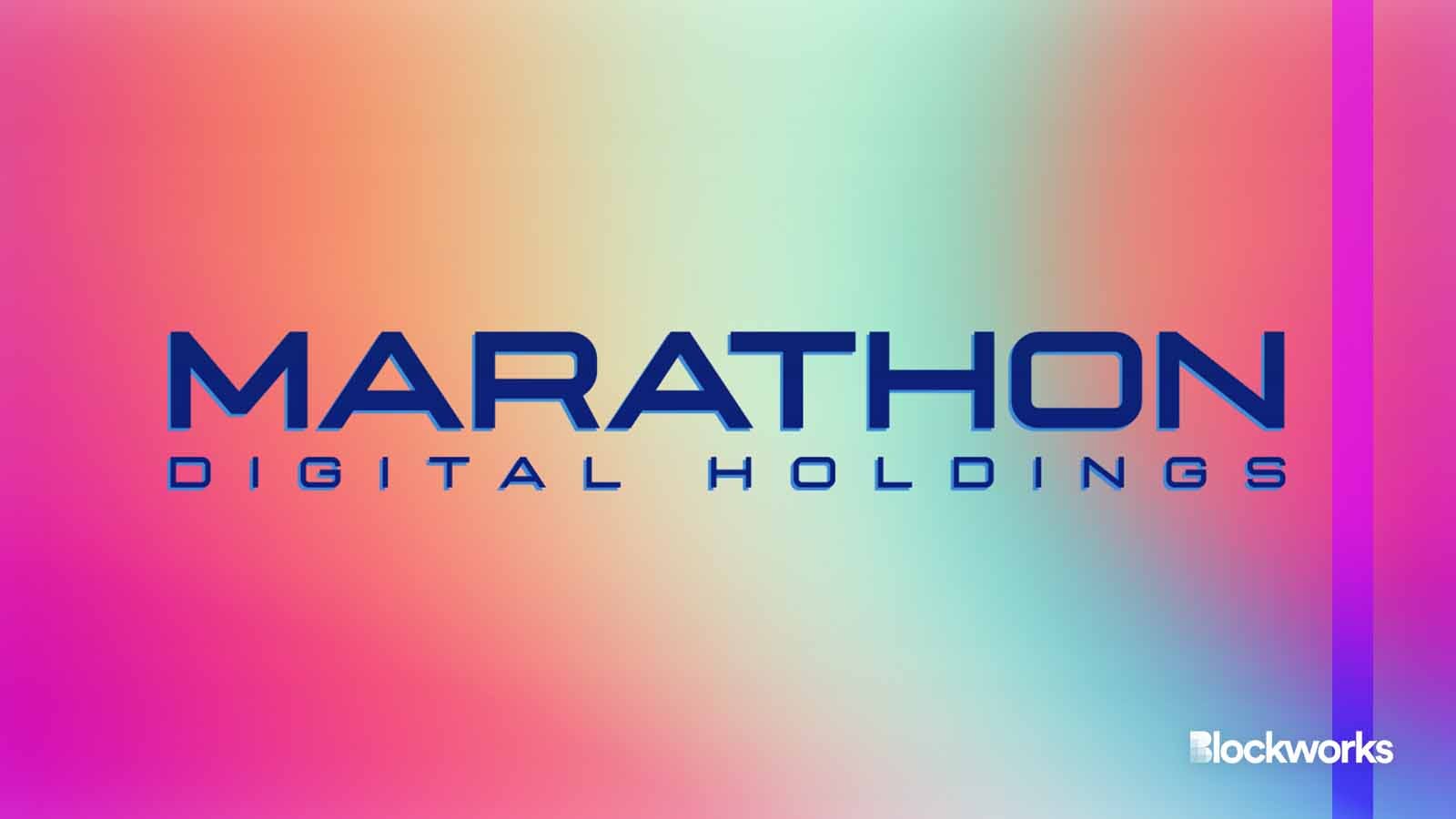Marathon Digital unveils platform for developing bitcoin sidechains
The company has started building a sidechain focused on issuing and trading tokenized real-world assets

Marathon Digital Holdings and Adobe Stock modified by Blockworks
Marathon Digital, the largest publicly traded bitcoin miner, is expanding its focus to include new protocols and networks tied to the market’s dominant cryptocurrency.
Called Anduro, Marathon’s new programmable application layer is designed to help users create sidechains. Marathon itself has begun to build two sidechains, called Coordinate and Alys, which the company said can be further developed by open source contributors.
Marathon’s broader goals are twofold: add a revenue stream and foster developer innovations.
Coordinate is designed to serve the Ordinals community by providing a dedicated space for unspent transaction outputs (UTXOs), the bitcoin miner said Wednesday.
Alys, on the other hand, is compatible with Ethereum and focuses on the issuance and trade of tokenized real-world-assets.
Ordinal inscriptions — a relatively new way to embed unique data, like art, onto the Bitcoin blockchain — led to increased on-chain activity in 2023.
Various traditional financial players have discussed the potential of, or initiated proof of concepts around, tokenizing physical and financial assets. Such a process involves issuing digital representations of debt securities or real estate properties, for example, on a blockchain.
The Anduro unveiling comes about a week after Marathon Digital launched a bitcoin transaction submission service called Slipstream.
Crypto miners have sought to diversify revenue streams in the lead-up to the bitcoin halving — an event expected to put financial stress on the sector as miner rewards decline.
Read more: The next bitcoin halving is coming. Here’s what you need to know
Marathon Digital CEO Fred Thiel said in a statement that the creation of Anduro offers a potential new source of fee revenue.
Anduro’s sidechains utilize merged mining — a process that allows for blocks to be mined on multiple networks at once. Miners could earn BTC from transactions on Anduro’s sidechains while continuing to mine bitcoin on the base-layer, according to Marathon.
“Beyond that, by extending the functionality of bitcoin, Anduro may be able to increase bitcoin’s adoption, and if bitcoin flourishes, so do we,” Thiel added.
Get the news in your inbox. Explore Blockworks newsletters:
- The Breakdown: Decoding crypto and the markets. Daily.
- 0xResearch: Alpha in your inbox. Think like an analyst.






